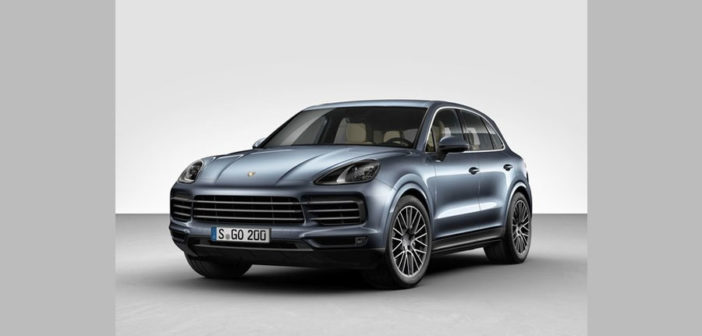NO ONE SAID it would be easy. As automakers, developers, and tech companies pump funds into self-driving, electric, and yes, flying cars, there were bound to be some mistakes along the way. This week, we got a look at a few. A few hours into its first day on the job, a Las Vegas autonomous shuttle got in a fender-bender with a (human-driven) truck. Electric vehicles are facing down a threat in the shape of the Republican tax plan, which could do away with federal subsidies—not quite an industry-buster, but grim news for the burgeoning American EV sector.
In the “trial” column, we have actual driverless carszooming around Arizona, Uber’s newest bid to make flying cars a reality in Los Angeles, and some German researchers who are not afraid to get goofy in their quest to understand AVs. Let’s get your caught up.
And straddling the two, we have a look back at the Darpa Grand Challenges, the trio of geek-glorifying races that took the idea of driverless cars from “LOL” to “IRL,” with more than a few bloopers along the way.
Headlines
Stories you might have missed from WIRED this week
- “Dude, where’s my flying car?” you ask. “In Los Angeles,” Uber replies. The ridehailing service announced it will launch at least a few of these new, electric-powered gizmos. The plan needs a serious boost from regulators to get in the air, Jack reports, but the crazy part is how un-crazy this really is.
- File this one under “the future is here”: Alex’s take on Waymo’s announcement that it will put members of the public in self-driving cars in the next few months—with no human at the wheel to take control if things go wrong.
- Pushing ahead like this is crucial, according to researchers from the RAND Corporation. Their newest paper uses statistics to show that even self-driving cars that are just 10 percent safer than human drivers will save lives in the long-run. Put these things on the road ASAP, they argue.
- AVs will need a bit of public relations help, which is why researchers from Daimler’s Moovel Lab decided to roll a mile in their tires. Their Rover setup is meant to help normies understand how self-driving cars see, Jack reports, building a little bit of old-fashioned human empathy in the process.
- Where do autonomous vehicles come from, anyway? Check out Alex Davies’ trip back to 2007, for a deep dive into the Pentagon-sponsored Darpa Grand Challenges that jump-started today’s booming self-driving car industry.
- Porsche’s challenge to its engineers: Build a comfortable, practical SUV, without losing the prowess you get from a Porsche sports car. Mission accomplished, according to Eric Adams, who explored the clever tricks that make the 2018 Cayenne drive like a 911.
- Koenigsegg’s Agera RS became the world’s fastest production car when it hit an insane 277.9 mph last weekend. The tiny Swedish supercar outfit won’t exactly reveal how it got it done, but as Jack points out, they had to push—if not break—the laws of physics.
- The House tax plan nixes the $7,500 federal electric car subsidy. What does that mean for the small but steadily growing EV industry? Nothing great, I report.
WIRED’s Mini-Doc of the Week
Have a spare 15 minutes? To mark the 10th anniversary of the Darpa Urban Challenge that kicked off the age self-driving cars, we made this video telling the tale.
Required Reading
News from elsewhere on the internet.
- Guys! Don’t forget Canada! The province of Ontario announced this week it’s pouring $80 million into a demonstration zone for autonomous vehicles.
- Tesla has had a bumpy autumn, missing its quarterly production goals and reporting a $619 million loss. Could Perbix help? The electric carmaker bought the private machining company this week in a bid to speed up—and automate—its production process.
- The New York Times Magazine has dedicated its latest issue entirely to self-driving cars. Check out their fun looks at a world where 20 percent of vehicles are automated, and where every vehicle totally drives itself! So long, roadkill!
- School buses are a bit behind the auto tech times. But IC Bus and Volkswagen Truck & Bus are here to mix it up with the ChargE electric concept. This zappy student-schlepper gets 120 miles on one charge—more than enough to get your kid to school and back.
–
This article first appeared in www.wired.com
Seeking to build and grow your brand using the force of consumer insight, strategic foresight, creative disruption and technology prowess? Talk to us at +9714 3867728 or mail: info@groupisd.com or visit www.groupisd.com



